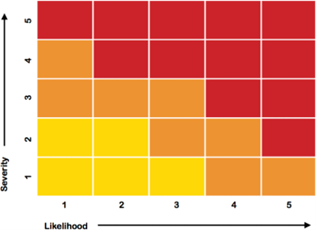Questions CSRD & ESRS
Do you have questions about the CSRD, ESRS or are you missing a question in this list? Send us an e-mail and we will contact you as soon as possible. For technical questions, EFRAG has set up an ESRS Q&A platform (latest release of technical explanations: December 2024). Here you can submit a question, and also find answers to previously asked questions.
Questions regarding individual facts or circumstances will not be answered through these channels. For such questions, we recommend that you contact an advisor such as your company accountant.
Disclaimer
The SER and the DASB have put this questions and answers document together based on publicly available information at the time of publication. Although these questions have been answered with the utmost care, users of this document cannot be given any guarantees relating to the accuracy, topicality and completeness of the information displayed. The SER, the DASB and other parties related to this document cannot be held liable for the consequences of the use of the information from this document. This document does not represent the view of (EFRAG) or the European Commission, nor the SER or DASB.
It is not permitted to copy or distribute the included information or individual elements (including images) without explicit permission, if this may cause confusion about the origin of the material.


